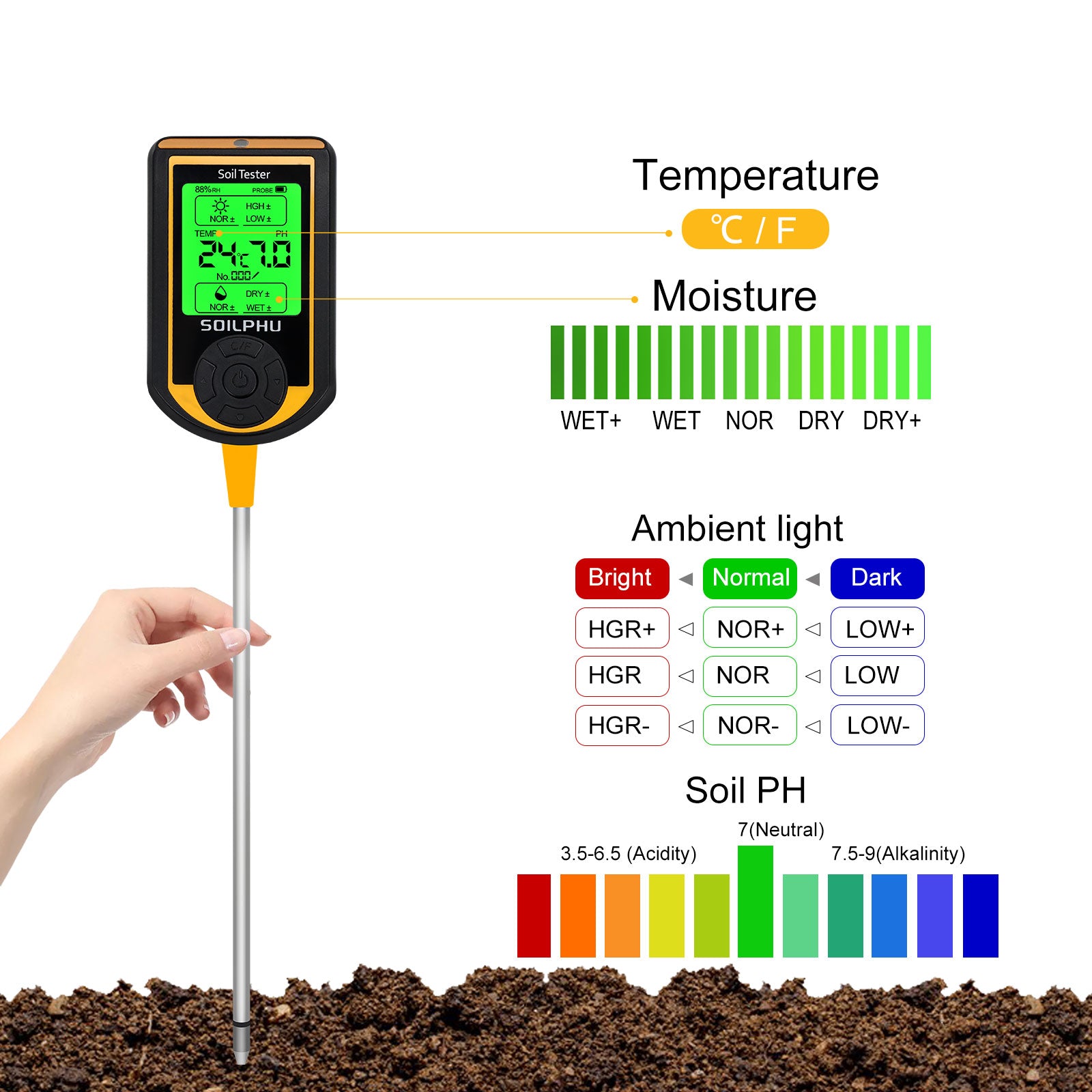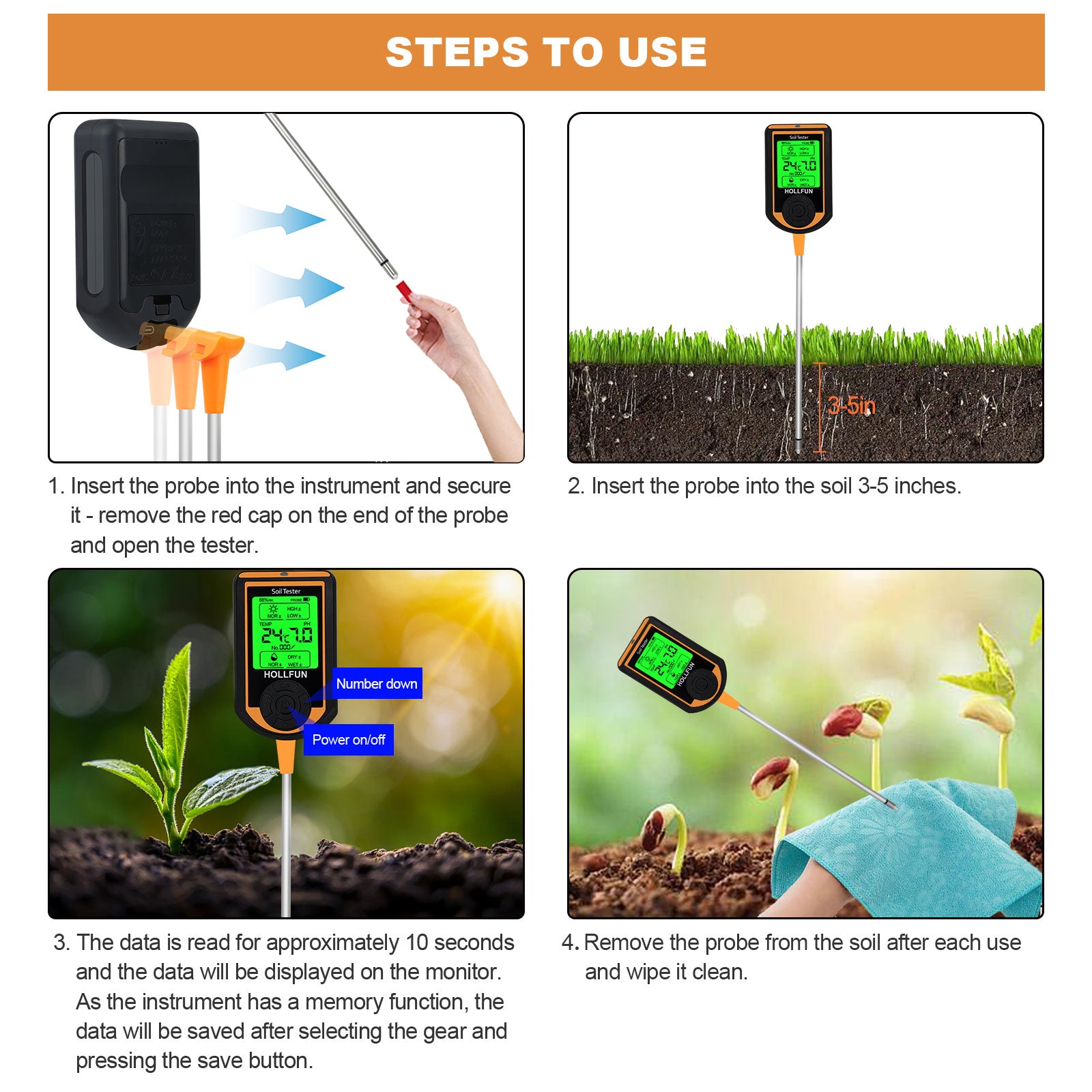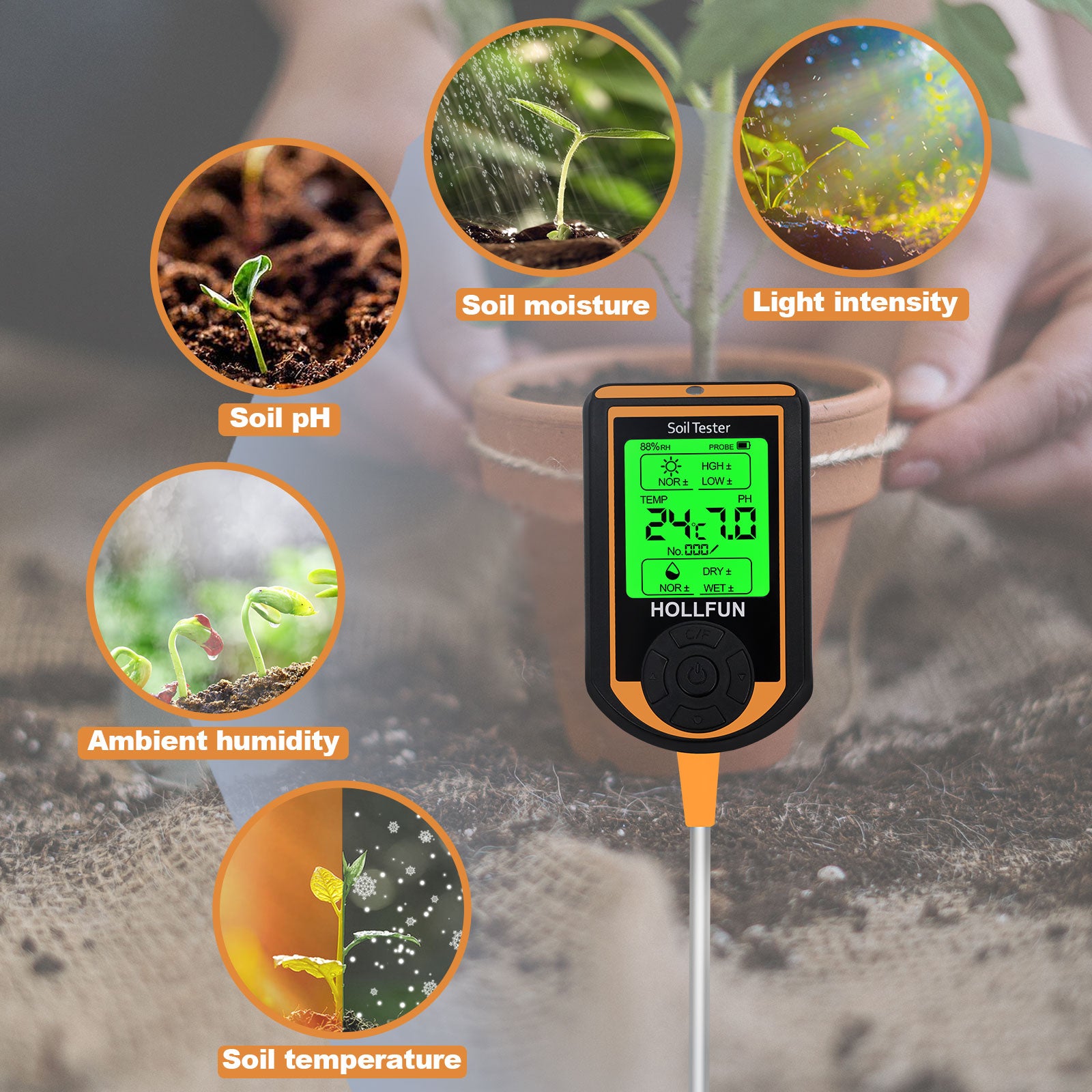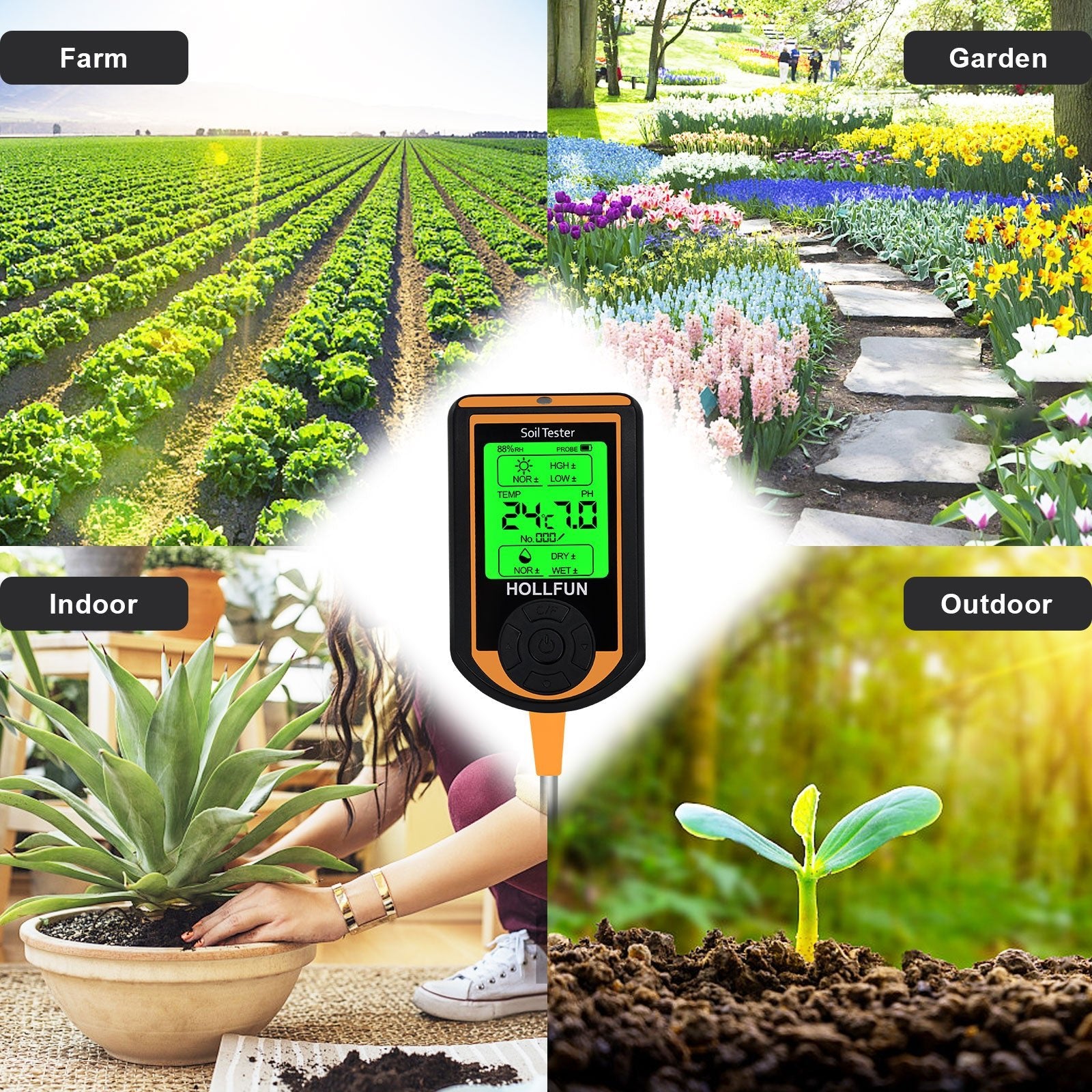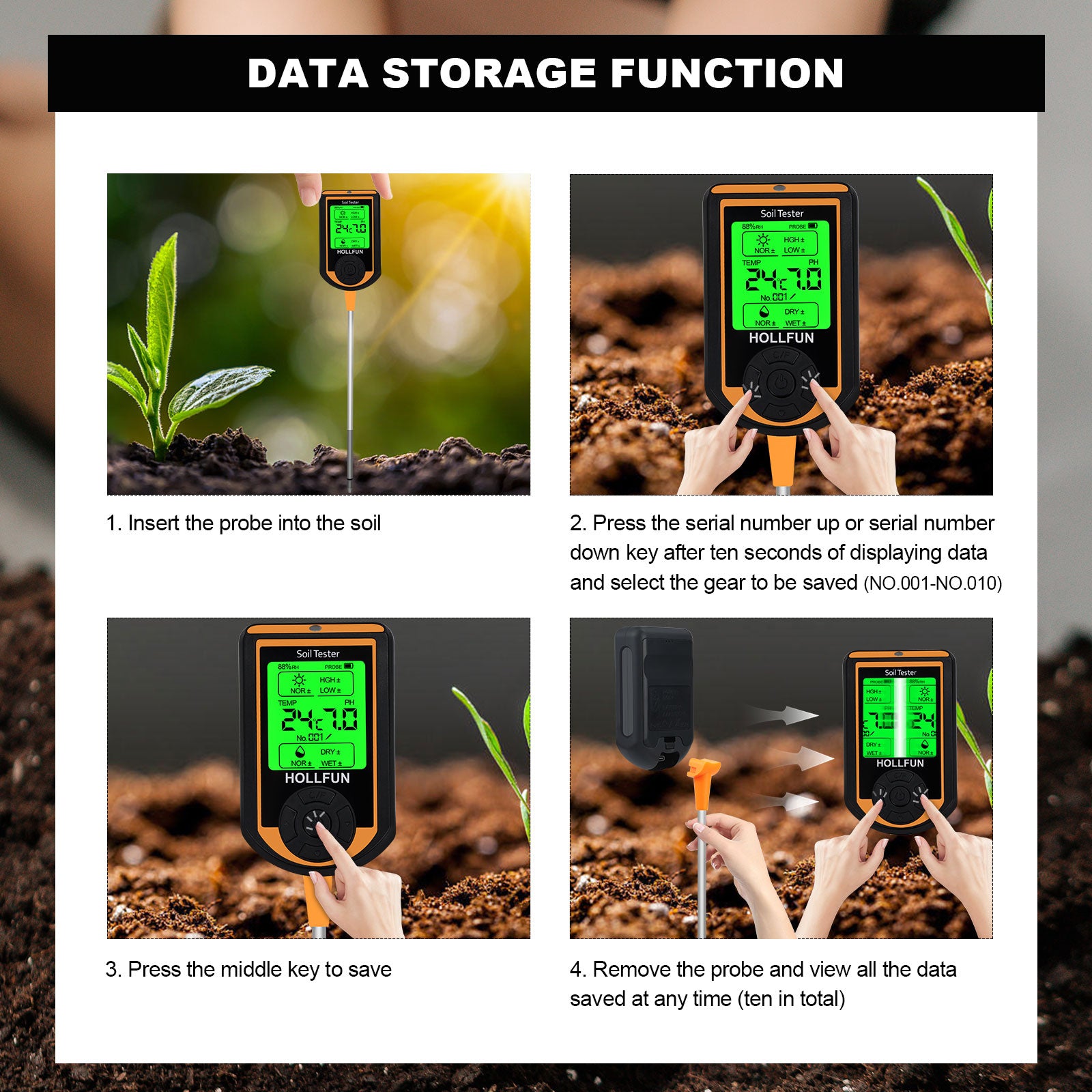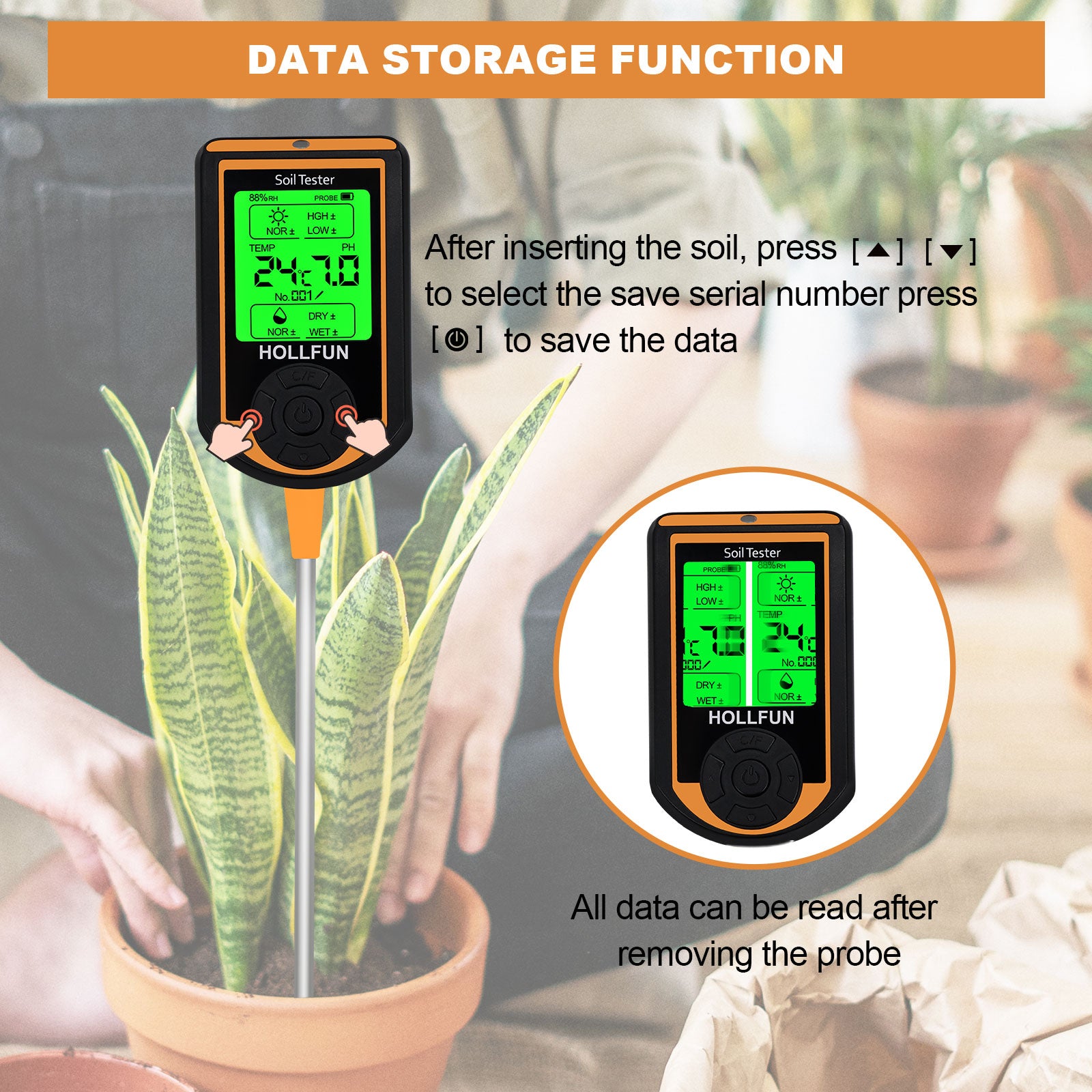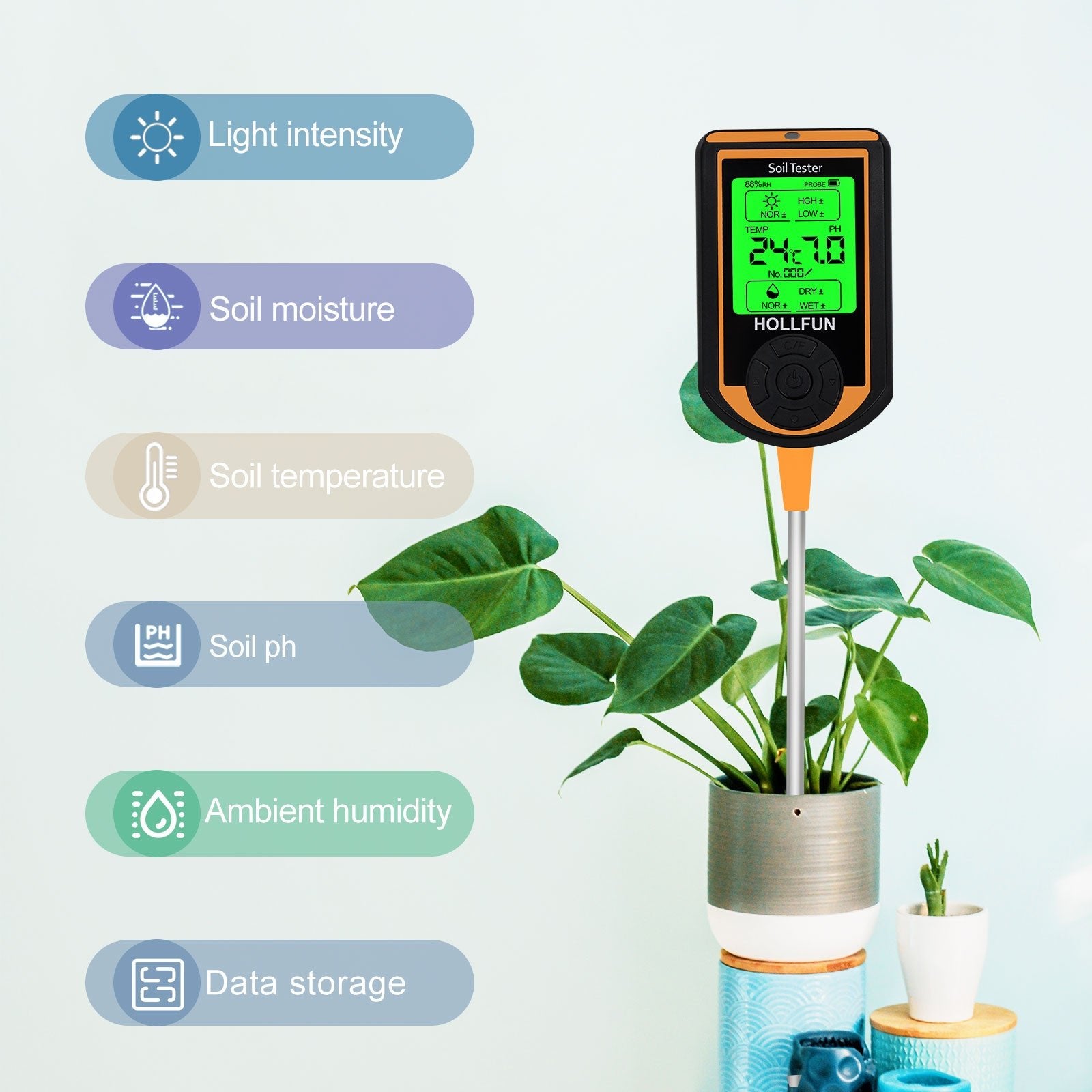What is coconut coir
- Coconut coir is the fiber powder from coconut shells. Processed coconut coir is highly suitable for plant cultivation and is currently a popular horticultural medium.
- It is a natural soilless cultivation organic medium, suitable for soilless cultivation of flowers, economical plant products, as well as for cultivating seedlings and young plants.
Advantages of coconut coir
- Excellent water retention: It can retain moisture and nutrients, reduce water and nutrient loss, facilitating the plant roots to absorb nutrients and moisture for better growth.
- Good aeration: Prevents root rot, promotes root growth, protects the soil, and avoids soil sludging.
- Slow natural decomposition rate, prolonging the substrate's usability.
- Coconut coir is naturally acidic, with a pH ranging from 4.40 to 5.90.
Disadvantages of coconut coir
- The high salt content in coconut coir may affect plant growth if desalination is not thorough. When purchasing and using coconut coir, attention should be paid to the electrical conductivity (EC) for salt content.
- When coconut coir content is high in potting media, it is recommended to use perforated flower pots. When watering, allow water to flow out from the bottom of the pot to remove inorganic salts from the coconut coir.
How to use coconut coir
- Processing coconut bricks: Place the coconut brick in a container, add 10 times water, soak the coconut brick, then filter out excess water. Add water again, repeat the soaking process to wash out excess salt, then remove.
Use of processed coconut coir
- Coconut coir itself lacks nutrients, so fertilizers need to be added as needed during use. Coconut coir is often used as a planting medium and cannot provide the necessary nutrients for plant growth.
- When using coconut coir alone, you need to add appropriate compound fertilizer or use a frequent fertilization method to meet the plant's growth requirements.
- Mixing coconut coir with other media: Mix coconut coir with materials such as peat, perlite, vermiculite, slow-release fertilizer, etc., in certain proportions for use. The mixing ratio should be adjusted according to the needs of different plants.
Coconut coir vs. peat
- Peat is difficult to wet after drying, but adding coconut coir can significantly improve the wetting properties of the substrate.
- When watering, the air content in peat significantly decreases, depriving the roots of sufficient oxygen. Coconut coir maintains high water retention while ensuring good aeration, avoiding excessive moisture in the substrate.



